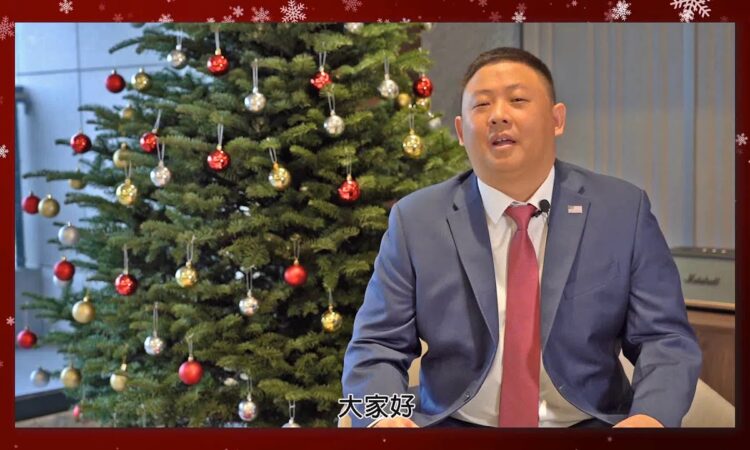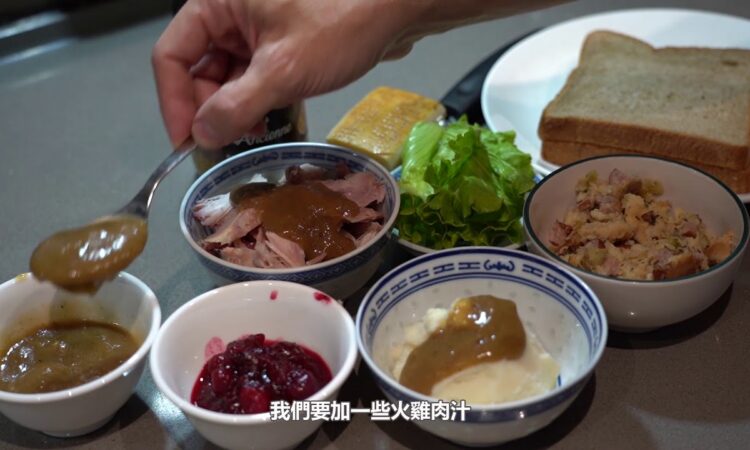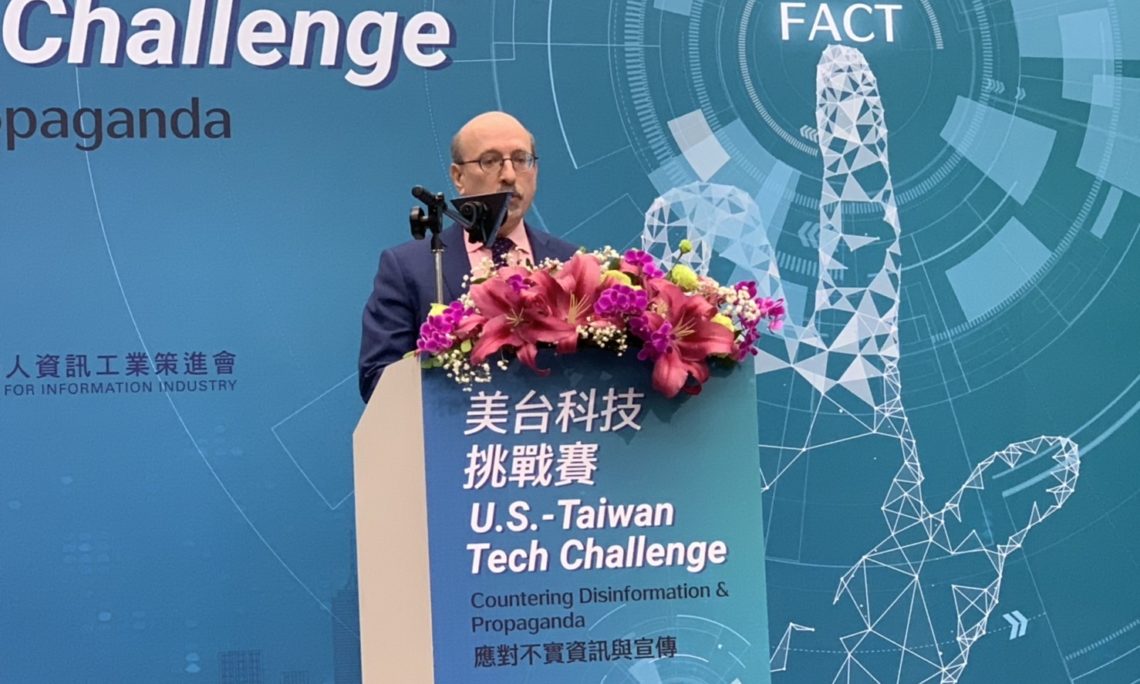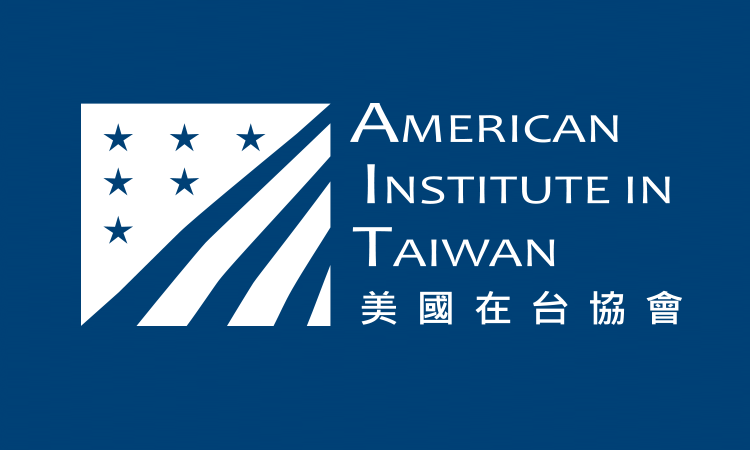OT-2005
February 20, 2020
Remarks by Daniel Kimmage
at U.S.-Taiwan Tech Challenge Day 2
February 20, 2020
(As Prepared for Delivery)
Let me start by thanking Brent Christensen, the Director of the American Institute in Taiwan; as well as Lo Ping-cheng, Minister without Portfolio, for his help in addressing this critical challenge. I would also like to thank the technologists, representatives of civil society, and the media, who give this event its true significance and meaning. Ladies and gentlemen, other distinguished guests, good morning!
It gives me great pleasure to open the second day of the U.S.-Taiwan Tech Challenge that we are co-hosting with the American Institute in Taiwan. This event brings together technologists from across East Asia who are developing new solutions to the problem of hostile propaganda and disinformation. The tools we saw yesterday have been evaluated by a panel of government officials and local partners, and by the end of today we will award a $250,000 grant to a technology that we’ve judged to have the greatest potential to tackle regional challenges. Before that moment, on this second day of our event, we’re bringing together major tech companies, non-governmental organizations, and representatives of the media for presentations and panels on how best to apply technology to combat propaganda and disinformation.
Awareness of a common threat brings us together. Malicious actors all over the world are using propaganda to undermine our institutions, norms, democratic processes, free economies, and social cohesion. Our adversaries subvert online environments even as they mount offline efforts—some overt and many covert—to attack democratic values and exploit societal divisions. Taiwan is directly confronted by these threats, as is the United States.
Technology is woven into the very fabric of this challenge. Some new technologies enable our adversaries to spread their propaganda and hide behind the camouflage of anonymous personas. Other technologies let them develop convincing disinformation content quickly and cheaply. Thankfully, these nefarious capabilities run up against another set of technologies that allow us to expose and counter the purveyors of malign influence. The participants gathered together here are helping us to do just that.
Let me say a few words about the Global Engagement Center. Congress created us in 2017 to “lead, synchronize, and coordinate efforts of the Federal Government to recognize, understand, expose, and counter foreign state and non-state propaganda and disinformation efforts aimed at undermining United States national security interests.” In other words, we are on the front lines of our government’s fight against propaganda and disinformation directed at our nation by hostile foreign actors.
Technology is a big part of this. Our Technology Engagement Team, led by Patricia Watts, helped to organize this Tech Challenge. It has developed the U.S. government’s only dedicated effort to identify, assess, test and implement technologies against the problems of foreign propaganda and disinformation in cooperation with foreign partners, industry and academia.
This brings me to the most important part of this event, which is the incredible skills our participants bring to this crucially important struggle. We have seven technologists who have been selected to demonstrate their work in depth on day one and during lighting talks on day two. I remind you that at least one, and as many as three, of these teams will receive a grant of $250,000 from the Global Engagement Center to put its technology to use.
The format of this event is competitive, but its spirit is collaborative. Faced with the problem of propaganda, we seek to respond with objectivity. Faced with the problem of disinformation, we seek to guarantee access to information. Faced with the prospect that some would exploit technology for nefarious purposes, we seek to affirm its role in making our world a safer, better place.
We understand that technology is a double-edged sword. What can be used can be misused. What facilitates the spread of information can enable the spread of disinformation. But we are confident that we can work together so that the positive outweighs the negative, so that responsible use overcomes misuse, and that information triumphs over disinformation.
Thank you again, and may the best team win!

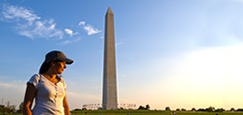
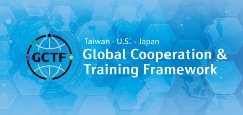




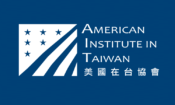
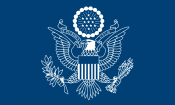
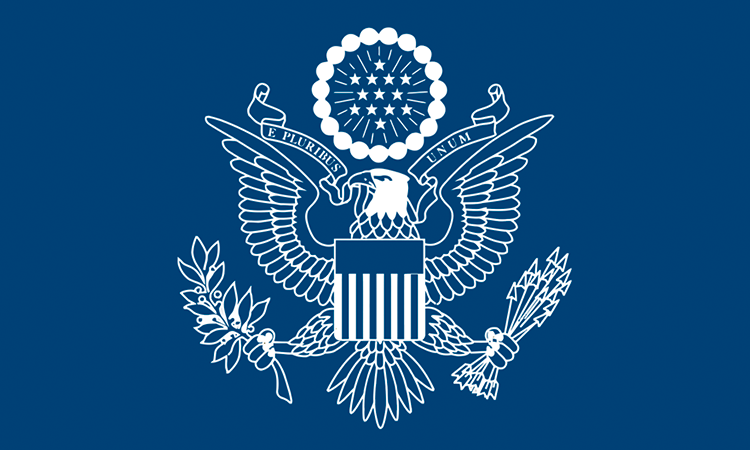



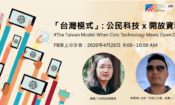
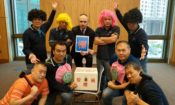
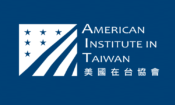
![Video Thumbnail [Recovered]-01](../wp-content/uploads/sites/269/Video-Thumbnail-Recovered-01-1-750x450.jpg)
